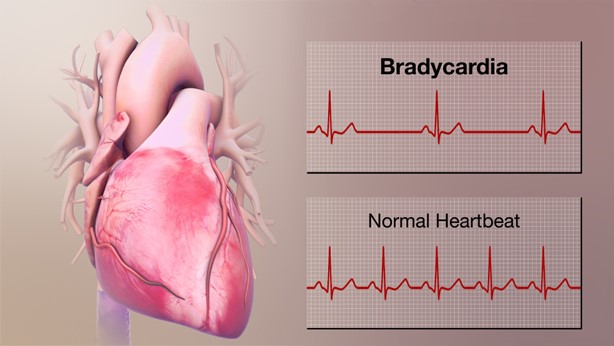A nurse is preparing to administer heparin subcutaneously to a client.
Which of the following is an appropriate action by the nurse?
Use a 1-inch needle to inject the medication.
Use a 22-gauge needle to inject the medication.
Massage the injection site after administration of the medication.
Inject the medication into the abdomen above the level of the iliac crest.
The Correct Answer is D
“Inject the medication into the abdomen above the level of the iliac crest.” When administering heparin subcutaneously, it is appropriate to inject the medication into the abdomen above the level of the iliac crest 1.
Choice A is not correct because a 1-inch needle may be too long for subcutaneous injection.
A shorter needle, such as a 3/8 to 5/8 inch needle, is typically used for subcutaneous injections.
Choice B is not correct because a 22-gauge needle may be too large for subcutaneous injection.
A smaller gauge needle, such as a 25- or 27-gauge needle, is typically used for subcutaneous injections.
Choice C is not correct because massaging the injection site after administering heparin can increase the risk of bruising and should be avoided.
Nursing Test Bank
Naxlex Comprehensive Predictor Exams
Related Questions
Correct Answer is A
Explanation
A nurse should never share her password for access to the facility’s computer system with anyone.
Sharing passwords can compromise the security and confidentiality of patient information.
For the second question you asked, the correct answer is choice A.
“I’ll use my electric razor for shaving.” This statement indicates that the client understands that warfarin (coumadin) can increase the risk of bleeding and that using an electric razor can help reduce the risk of cuts and bleeding while shaving.
Choice B is not the best answer because taking aspirin while on warfarin (coumadin) can increase the risk of bleeding.
Choice C is not the best answer because eating foods high in vitamin K can interfere with the effectiveness of warfarin (Coumadin).
Choice D is not the best answer because drinking alcohol while on warfarin (coumadin) can increase the risk of bleeding.
Correct Answer is A
Explanation
Hypothyroidism can cause a slowed heart rate, also called bradycardia1.

Choice B, Moist skin, is not the correct answer because it is not a commonly reported symptom of hypothyroidism.
Choice C, Blurred vision, is not the correct answer because it is not a commonly reported symptom of hypothyroidism.
Choice D, Insomnia, is not the correct answer because it is not a commonly reported symptom of hypothyroidism.
Whether you are a student looking to ace your exams or a practicing nurse seeking to enhance your expertise , our nursing education contents will empower you with the confidence and competence to make a difference in the lives of patients and become a respected leader in the healthcare field.
Visit Naxlex, invest in your future and unlock endless possibilities with our unparalleled nursing education contents today
Report Wrong Answer on the Current Question
Do you disagree with the answer? If yes, what is your expected answer? Explain.
Kindly be descriptive with the issue you are facing.
